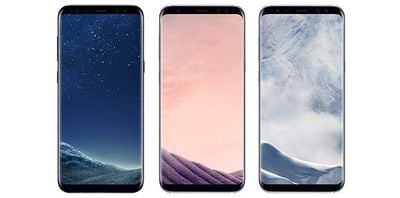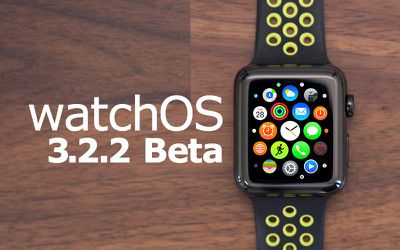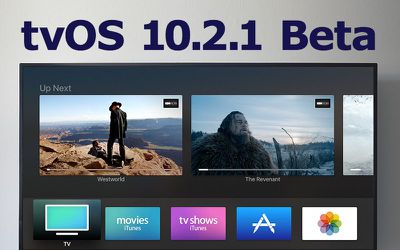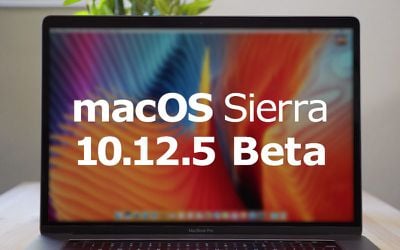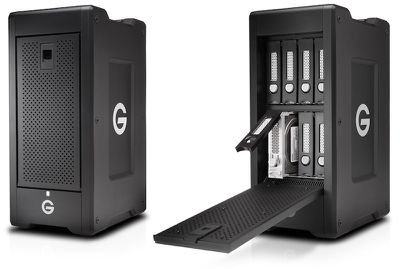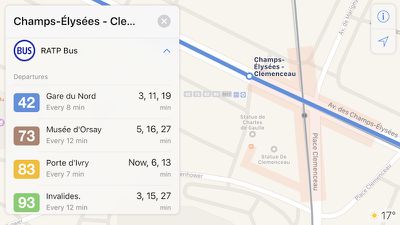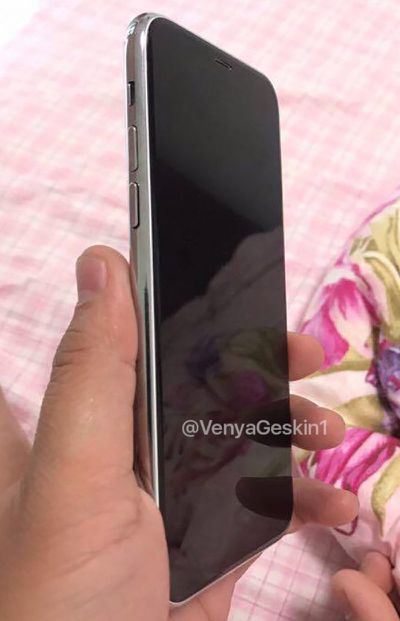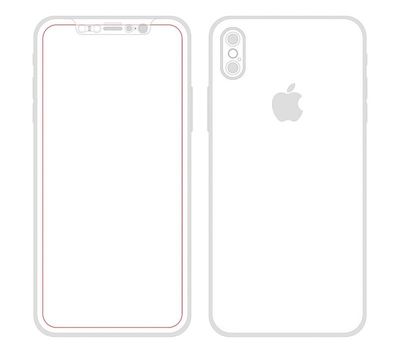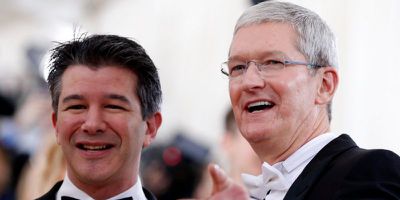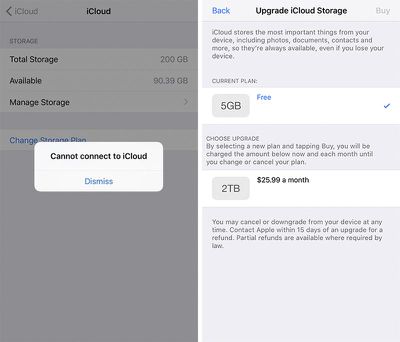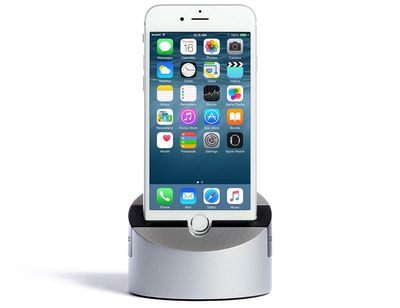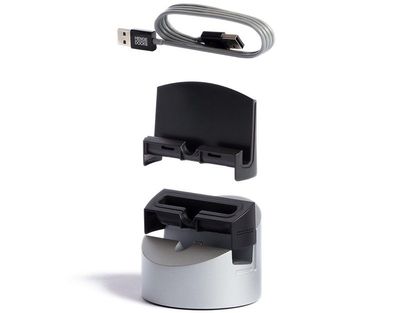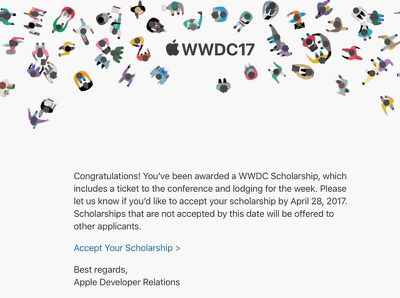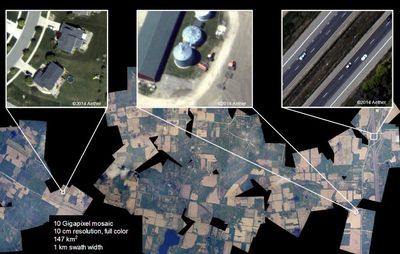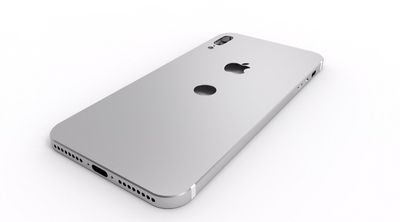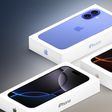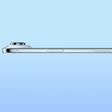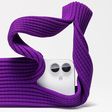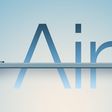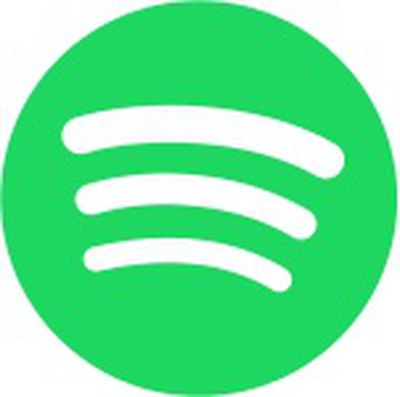 Spotify appears to be working on its first wearable device, developing a "category defining product akin to Pebble Watch, Amazon Echo, and Snap Spectacles," based on a job listing discovered by Zatz Not Funny. The text from the job description, which has since been removed from Spotify's website, is below:
Spotify appears to be working on its first wearable device, developing a "category defining product akin to Pebble Watch, Amazon Echo, and Snap Spectacles," based on a job listing discovered by Zatz Not Funny. The text from the job description, which has since been removed from Spotify's website, is below:
We are looking for a passionate and seasoned Senior Product Manager that will join the Platform & Partner Experience team working to build frictionless and creative Spotify experiences via fully-connected hardware devices. You will be leading an initiative to deliver hardware directly from Spotify to existing and new customers; a category defining product akin to Pebble Watch, Amazon Echo, and Snap Spectacles.
You will define the product requirements for internet-connected hardware, the software that powers it, and work with suppliers/manufacturers to deliver the optimal Spotify experience to millions of users. Above all, your work will affect the way the world experiences music & talk content.
There's no word on what Spotify might be planning to build, but the job description implies it may be a wearable device rather than something like a speaker, so it's possible the company is working on a set of headphones that are perhaps similar to modern offerings like the Bragi Dash and Apple's own AirPods. Other hints include internet connectivity and something developed by Spotify itself, rather than an integration with existing hardware, but it's ultimately entirely unclear what's being conceptualized.
A separate job listing also appears to hint at Spotify's interest in voice-based technologies. "Voice is quickly becoming a key interaction mechanism for control of digital devices and services," reads the description.
Spotify's job listing suggests any work on a hardware product is in the early stages of development, so it could be some time yet before we get a clearer picture of what the company might be developing, if anything.


